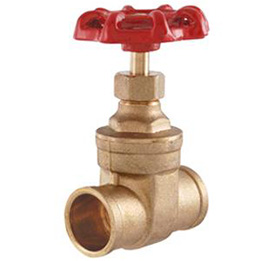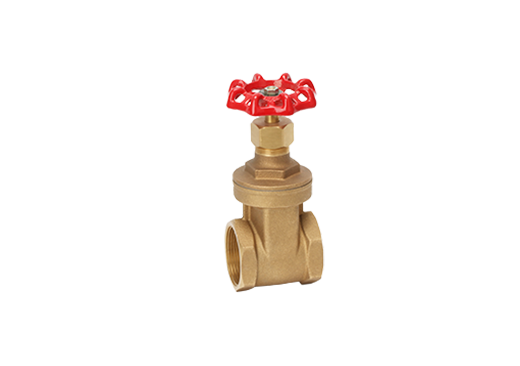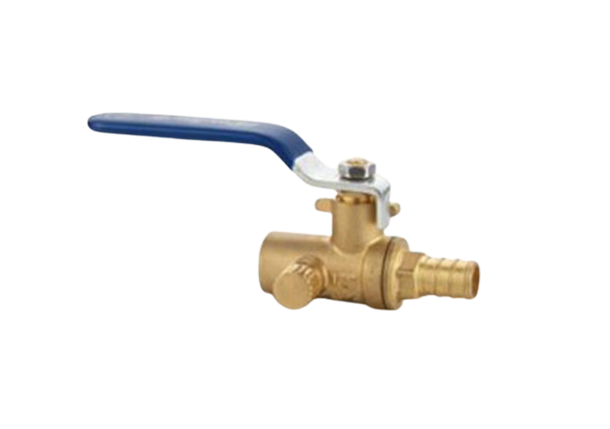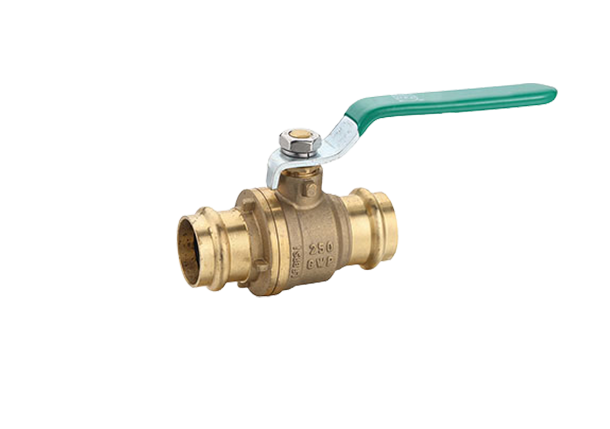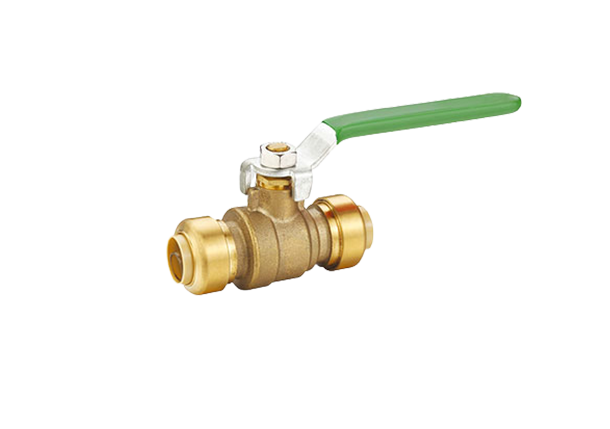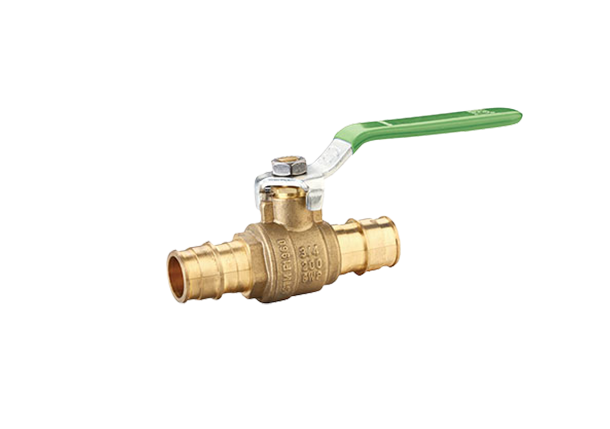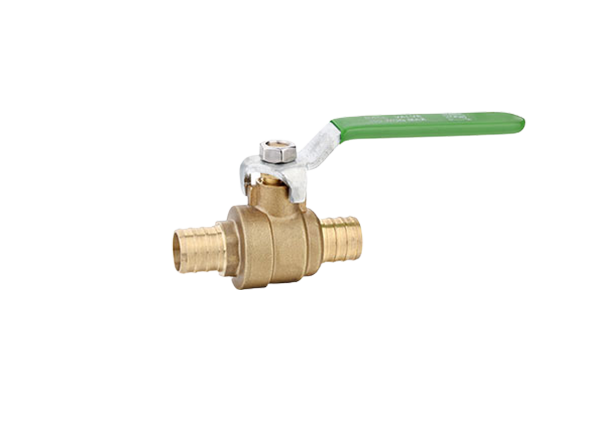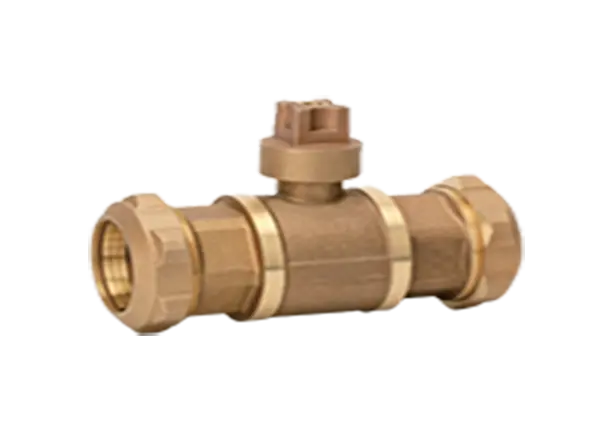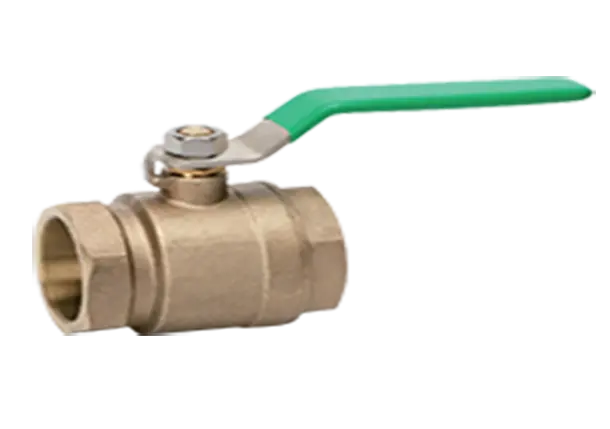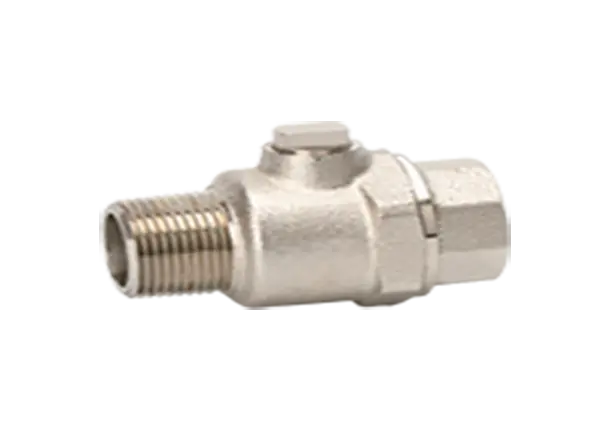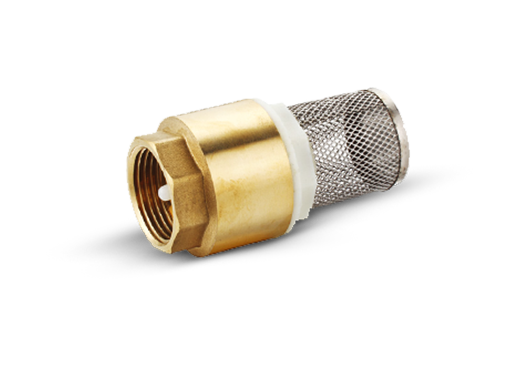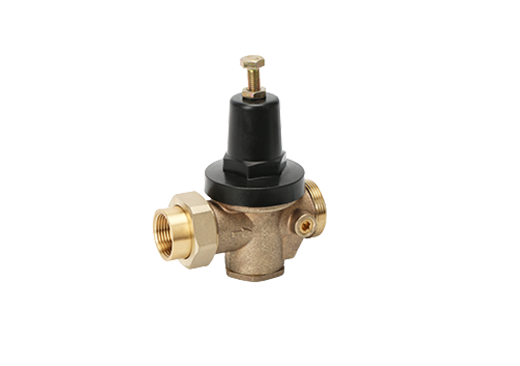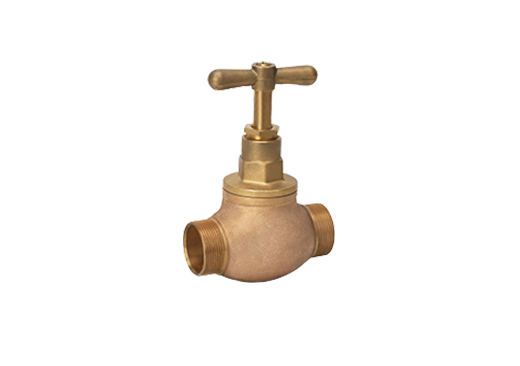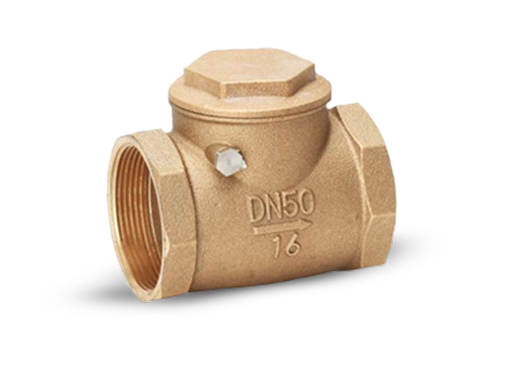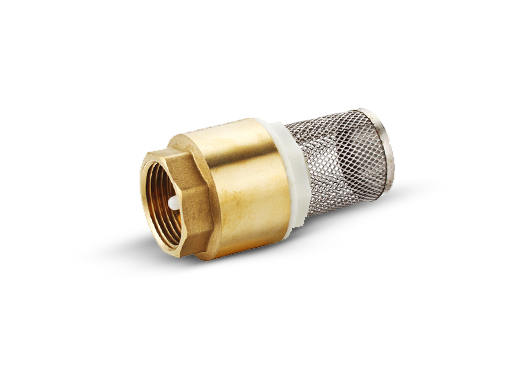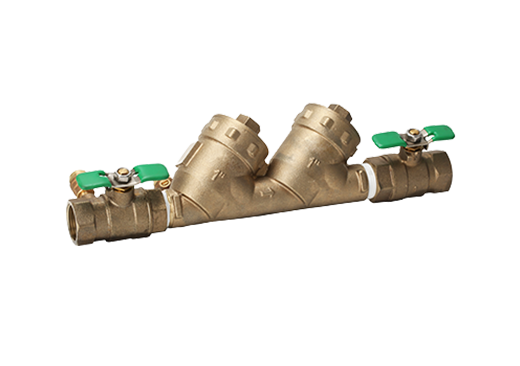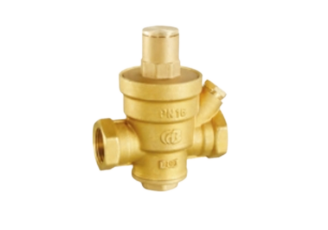How to Choose a Bronze Pressure Reducing Valve?
Bronze pressure reducing valve is widely used in water treatment, water supply networks, HVAC systems, and industrial gas applications. Their main function is to reduce high-pressure media to a stable low pressure, protecting downstream equipment and ensuring safe and efficient system operation. Incorrect selection can lead to equipment damage, system failure, or even safety accidents, making it crucial to choose the right valve for the job.
Identify the Application and Medium for the Bronze Pressure Reducing Valve
First, determine the application and type of medium for the bronze pressure reducing valve. Common applications include:
Municipal Water Systems: Used in residential and commercial buildings, where corrosion resistance and long-term stability are key considerations for the valve.
Industrial Gas Systems: Such as nitrogen, argon, etc., where valve sealing and pressure resistance are critical.
HVAC Systems: Where the valve must maintain stability under high-temperature conditions.
Firefighting Systems: Requiring high reliability and fast response time from the valve.
Choose the appropriate bronze pressure reducing valve material depending on the medium. Bronze is suitable for water, oil, and non-corrosive media, offering good processing performance and corrosion resistance.
Determine the Key Parameters for the Bronze Pressure Reducing Valve
Nominal Pressure vs. Working Pressure
Nominal Pressure: The maximum designed working pressure for the valve.
Working Pressure: The pressure at which the system operates; ensure the nominal pressure of the valve exceeds the system's working pressure.
Outlet Pressure Range
Select a valve with an outlet pressure range that matches your system's needs.
Connection Type and Size
Based on the pipeline's connection method, select the appropriate valve interface type, such as threaded connections or flanged connections.
Choose the Appropriate Type of Bronze Pressure Reducing Valve
Piston-Type Bronze Pressure Reducing Valve
This valve uses a piston structure, suitable for applications with large flow fluctuations. It can maintain a stable outlet pressure even with variations in inlet pressure.
Advantages: Fast response, strong adaptability.
Applications: Ideal for municipal water systems, fire protection systems, etc.
Spring-Type Bronze Pressure Reducing Valve
This valve adjusts the opening through spring force, making it suitable for stable flow conditions.
Advantages: Simple structure, cost-effective.
Applications: Ideal for HVAC systems, industrial gas systems, etc.
High Pressure Reducing Ratio Bronze Pressure Reducing Valve
This valve uses a multi-valve series structure to achieve a high pressure reducing ratio of up to 12:1, suitable for applications with significant pressure differences.
Advantages: Stable pressure reduction, low noise, long lifespan.
Applications: Ideal for high-pressure gas systems.
Different Carbo Valves For Sale

